Ebikes or electric bikes - an increasing trend for urban commuting
A basic ebike gives a rider about the same experience as a normal bike, just with a bit less effort. You can still ride on bike paths, you’ll still need to pedal, you’ll still get exercise and burn calories (though perhaps a few less).
As an interesting note, just as we were completing this article we learned that some London health workers have been given free ebike loaners to avoid public transport. We think this really could become a 'thing'.
Given the current reality of the global coronavirus outbreak and social distancing, ebikes are very much exploding in popularity this summer as a method of commuting without risking virus transmision on public transportation.
Is an ebike or regular bike better?
Why ebikes and not regular bikes? We would anticipate seeing a rise in popularity of both for commuting purposes, but for some, the full effort required to pedal to work and arrive sweaty may have them grabbing their car keys instead. So we give 2 big thumbs up to pedal assist electric bikes as urban transportation. You can always check out all the options for green commuting in this article.
Are ebikes legal?
Now let's dig in and help you choose an ebike style in a class that is legal for your intended purpose. We wouldn't want you to end up on cable news networks as the star of an ebike chase scene with the police, but, if such an event happens, we hope it's on the sweet looking ride below which is currently the Ecohome office favorite -
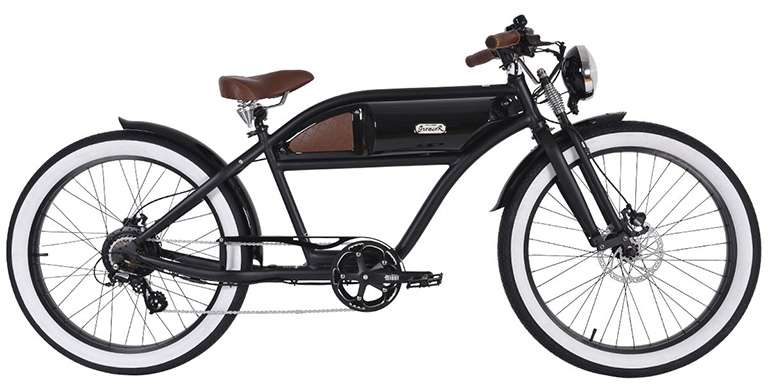
The 3 classes of ebike
The best starting place to choosing an ebike is to choose a class rather than getting excited by a particular model. ebikes have 3 classes, each governed by different laws.
Class 1 ebike
The class 1 pedal assist / pedelec is the most common ebike because it is mostly treated as a regular bike and the least likely to have legal limitations. The motor is only activated when the rider pedals the bike, at which point it provides additional drive power to the rear wheel.
That small boost of power makes climbing steep hills relatively effortless and can propel a rider at higher speeds than they would normally achieve, with significantly less effort. Most countries don’t consider them any different than standard road bikes, so no special license is required and you have access to the same roads and trails as a normal bike.
Class 1 ebikes are the most common
In the US, class 1 ebikes are generally limited to 20 mph (32 km per hour) with a maximum motor power of 750W. This makes them a fantastic commuter option, because you can now get to work without arriving red-faced and dripping in sweat. In Canada all provinces enacted the federal regulations and now electric cycles that are limited to 32km/h, have motor not exciting nominal power of 500W, and are equipped with pedals are road legal across Canada - BUT be careful in BC, where a recent supreme court ruled against a rider who wasn't breaking the letter of the law, throwing things into a state of confusion! To follow the latest legislation and pilot schemes in BC see here. We recommend checking state and provincial laws before you purchase one to make sure you can use it as you hope to.
Class 2 ebike - Throttle assisted
The class 2 ebike can be pedalled like a normal bike, the motor can be activated by pedalling, but it also has a throttle or button to activate it. The throttle offers variable power, and it operates without pedalling. The ability to cruise along with zero effort can be quite appealing to many, but that feature has resulted in class 2 ebikes being classed differently in Europe. Check state and provincial laws before you purchase one to make sure you can use it as you hope to.
Class 3 ebike: Speed Pedelec
The design of the class 3 'speed pedelec' is very much like the Class 1 ebike but it has a higher top speed. It is a pedal-assist motor, but it can propel a rider up to 28 mph or 45 Km/ph. It is also more likely to be classed as a motor vehicle, which can significantly reduce the amount of trails and roads on which you can ride it, you may also be required to get a license.
How much do ebikes cost?
The entry level ebikes are quite affordable and can begin under $1,000 USD. These are basic road commuter ebikes with Hub-driven technology. You won’t win any races, and you won’t do great climbing a mountain on it but you will get around town with way less effort than a pedal-power only bike.
‘center drive’ systems can run you between $2000-6000 USD, and the high end mountain bikes with full suspension can easily run $10,000 USD and more. But take a look at the options below - they seem to be a decent combination of specification and economical pricing.
Ebike batteries and range
Most ebikes have lithium ion batteries How long an ebike battery lasts depends on the size of the battery, and how much effort you put in alongside it. Most will offer a range of at least 25 miles (40km), if you cruise along letting it do the work, but you can easily stretch that to 50 miles (80km) if you put a little effort into pedalling along with it.
The overall life of the battery will also depend on your use. Expect on average about 1000 charges and discharges before you need to replace the battery, so again that depends on how often you use it and how much effort you put into pedalling.
Types of ebikes
Once you have decided on which class of ebike you want, then search within that class for the style you that best serves your needs. There are many different Ebike styles and designs to suit any need. There are basic affordable commuter road ebikes, Cargo ebikes, folding ebikes, and climbing ebikes.
We are not bike reviewers, so please be sure to check out specifications and reviews in detail. Best is to do some online comparison shopping of ebikes just as we did. Here we are just giving you a little teaser of the the kind of rides available to you specifically in terms of urban communiting rather than recreational mountain biking and such.
As a 750W class 2 e-cargo bike, this one has gotten favorable reviews when compared to its competitors that are 2 or 3 times as expensive. See here for full details.
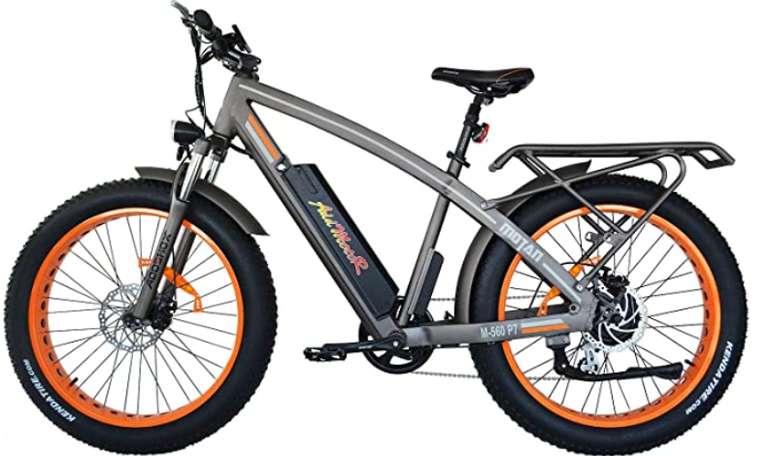
Folding Ebikes can add a bit of convenience both for home and storage if you use it for commuting to work. You'll also have a way better time getting them into the trunk of your car. The Aostirmotor Folding Electric Bike 20 inch Fat Tire Electric Bicycle with 500W Motor and 36V 13AH Removable Lithium Battery for Adults looks well specified at a budget price - take a look here:
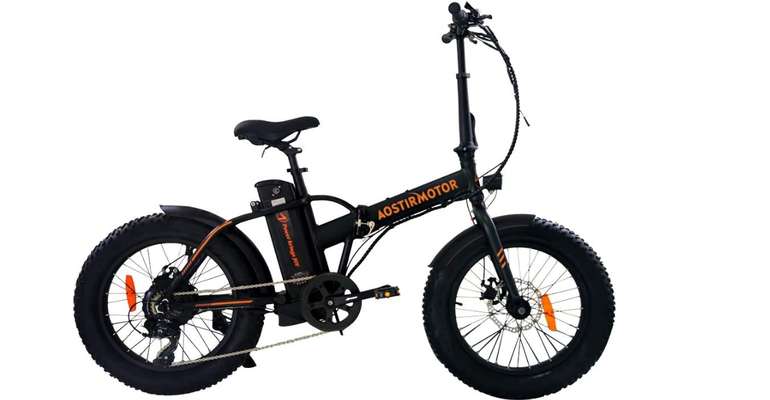
Now granted, both of those are slightly funky looking bikes, so if you really are looking to stay within 'the box' and just get a more traditional street cruiser of an ebike there are no shortage of those - one we like can be viewed and priced online here. Remember that the added ease of an ebike compared to a pedal-powered bicycle can make running errands for groceries quite appealing, so if your intention is to be cruising around town on it, take a second look at those racks, they may well come in handy!
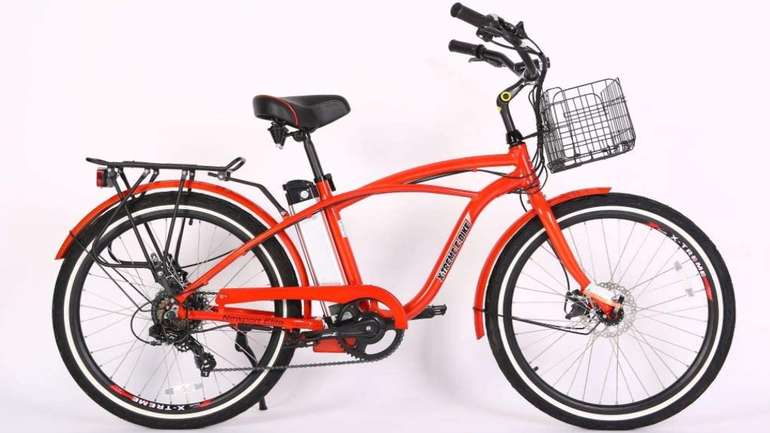
Now you know more about eco-friendly commuting options that don't involve sitting in a confined space with other human beings post Covid-19, sad as that sounds...Find more pages about low-emission commuting and green lifestyle choices in these pages :
Find more about green home construction in the Ecohome Green Building Guide pages - also, learn more about the benefits of a free Ecohome Network Membership here. |
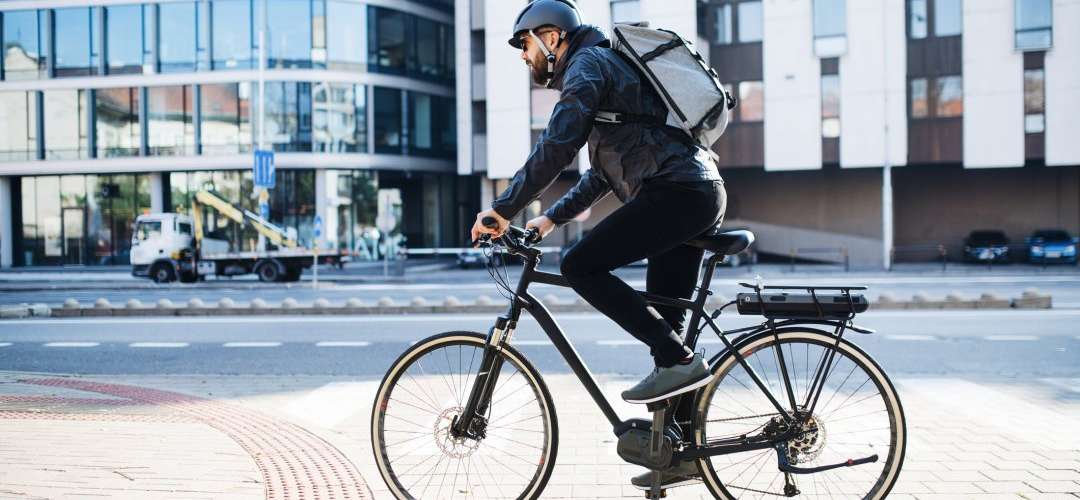














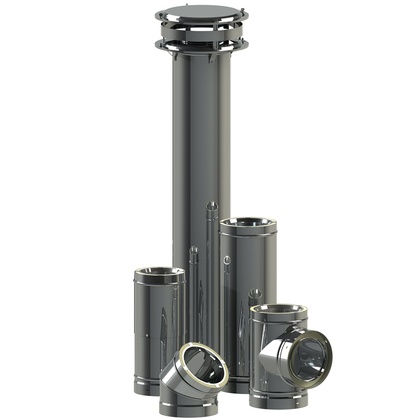

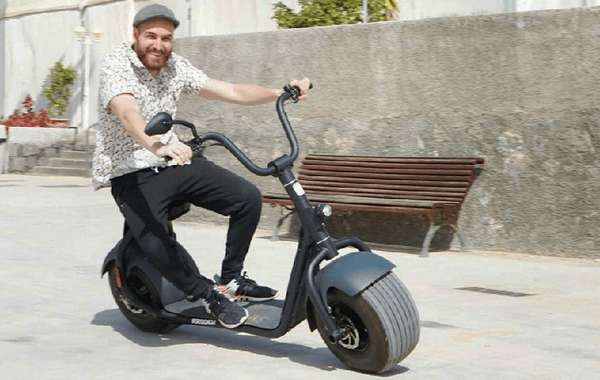
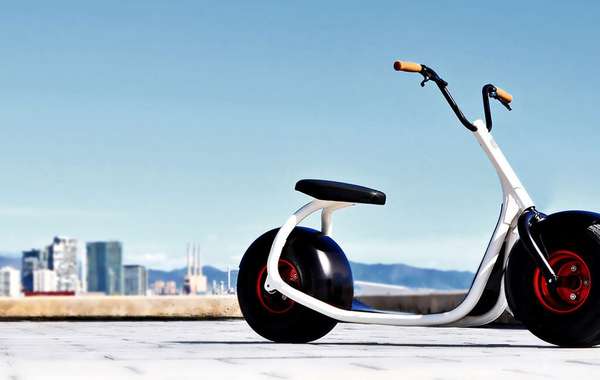


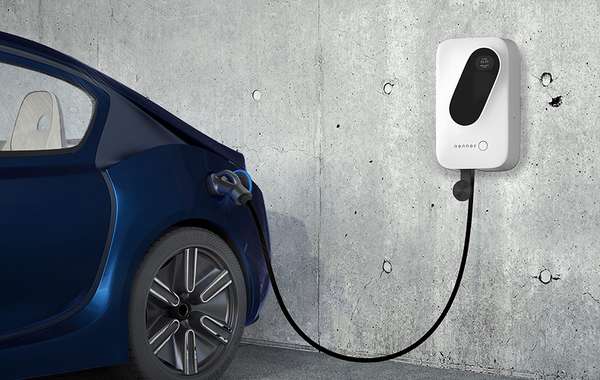
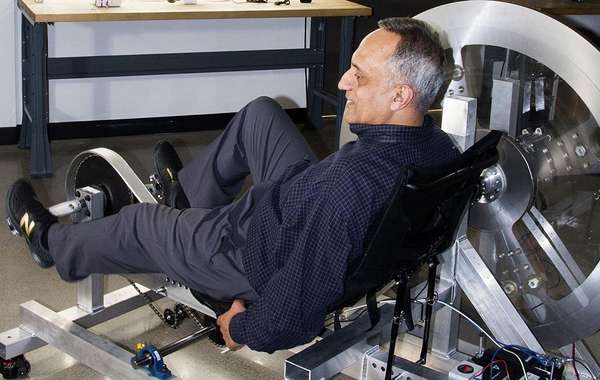
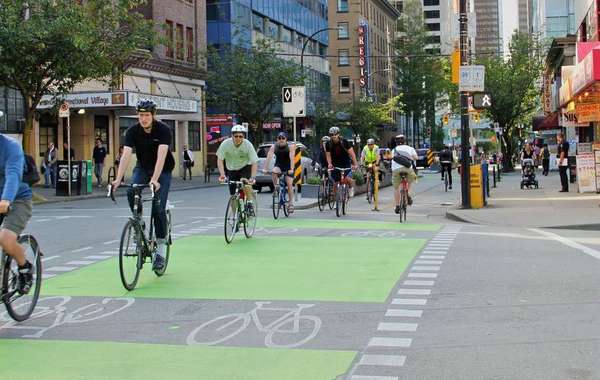


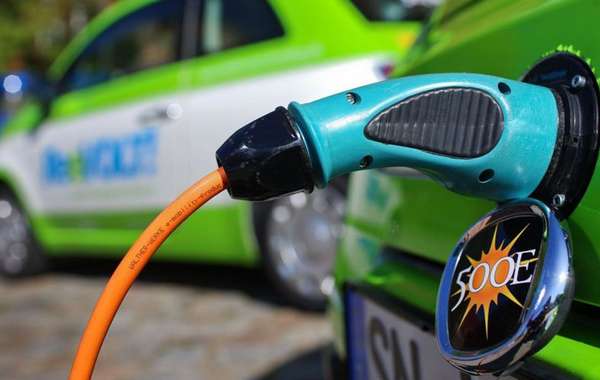
Comments (0)
Sign Up to Comment